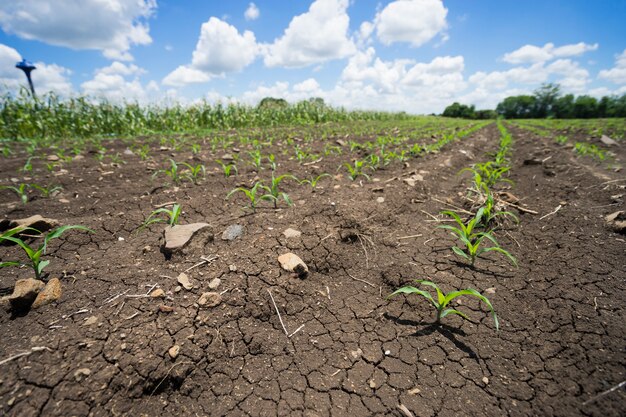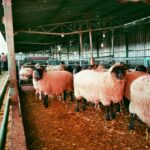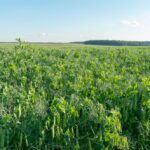Australia has long been at the forefront of agricultural adaptation, developing drought-resistant crops to combat its harsh and dry climate. With South Africa facing similar challenges, including prolonged droughts and erratic rainfall, adopting Australia’s approach to drought-resistant crops could help ensure food security and agricultural sustainability.
Australia’s Success with Drought-Resistant Crops
Australia’s agricultural sector has invested heavily in research and innovation to develop crops that thrive in water-scarce conditions. Some of the most successful drought-resistant crops include:
- Drought-Tolerant Wheat: Australian scientists have developed wheat varieties that require less water while maintaining high yields. These varieties use deep root systems to access moisture in dry soils.
- Sorghum and Millet: These grain crops are naturally resilient to drought and are widely cultivated in arid regions. They require minimal water while providing essential food and livestock feed.
- Chickpeas and Lentils: Legumes are nitrogen-fixing crops that enhance soil fertility and require less irrigation. They have become a key component of Australia’s dryland farming.
- Salt-Tolerant Barley: In regions where drought conditions lead to increased soil salinity, salt-resistant barley varieties have enabled continued cultivation.
Why South Africa Should Follow Australia’s Model
South Africa faces increasing climate variability, leading to crop failures and food insecurity. By adopting Australia’s approach to drought-resistant crops, South African farmers could benefit in several ways:
- Improved Food Security: Drought-tolerant crops can help maintain stable food production even in dry conditions.
- Water Conservation: Growing crops that require less irrigation reduces the pressure on already scarce water resources.
- Economic Stability: Farmers can maintain yields and income despite climate challenges, ensuring agricultural sustainability.
- Soil Health: Drought-resistant legumes like chickpeas and lentils improve soil fertility, reducing the need for chemical fertilizers.
Implementation Strategies for South Africa
For South Africa to successfully integrate drought-resistant crops into its agricultural system, the following steps should be considered:
- Investment in Research and Development: Collaboration between universities, agricultural institutions, and government bodies is essential to develop and distribute improved crop varieties.
- Farmer Training and Awareness: Educating farmers on the benefits and best practices for growing drought-tolerant crops will enhance adoption.
- Seed Distribution Programs: Ensuring farmers have access to high-quality, drought-resistant seeds can accelerate the transition.
- Policy Support: Government incentives, subsidies, and financial assistance can encourage farmers to shift towards more resilient crops.
Australia’s success in developing and implementing drought-resistant crops provides a valuable blueprint for South Africa. By adopting similar strategies, South Africa can strengthen its agricultural resilience, improve food security, and support farmers in adapting to an increasingly unpredictable climate. With the right investments and policies, drought-resistant crops could be a key solution for the future of South African agriculture.
Join 'Farmers Mag' WhatsApp Channel
Get the latest Farming news and tips delivered straight to your WhatsApp
CLICK HERE TO JOIN






